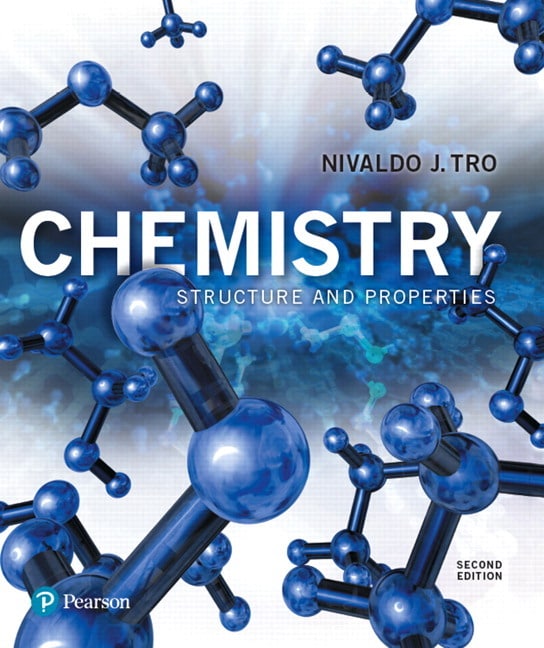
Chemistry: Structures and Properties, 2nd edition
- Study simpler and faster
Use flashcards and other study tools in your eTextbook
- Listen on the go
Learn how you like with full eTextbook audio
- Find it fast
Quickly navigate your eTextbook with search
- Stay organized
Access all your eTextbooks in one place
- Easily continue access
Keep learning with auto-renew
